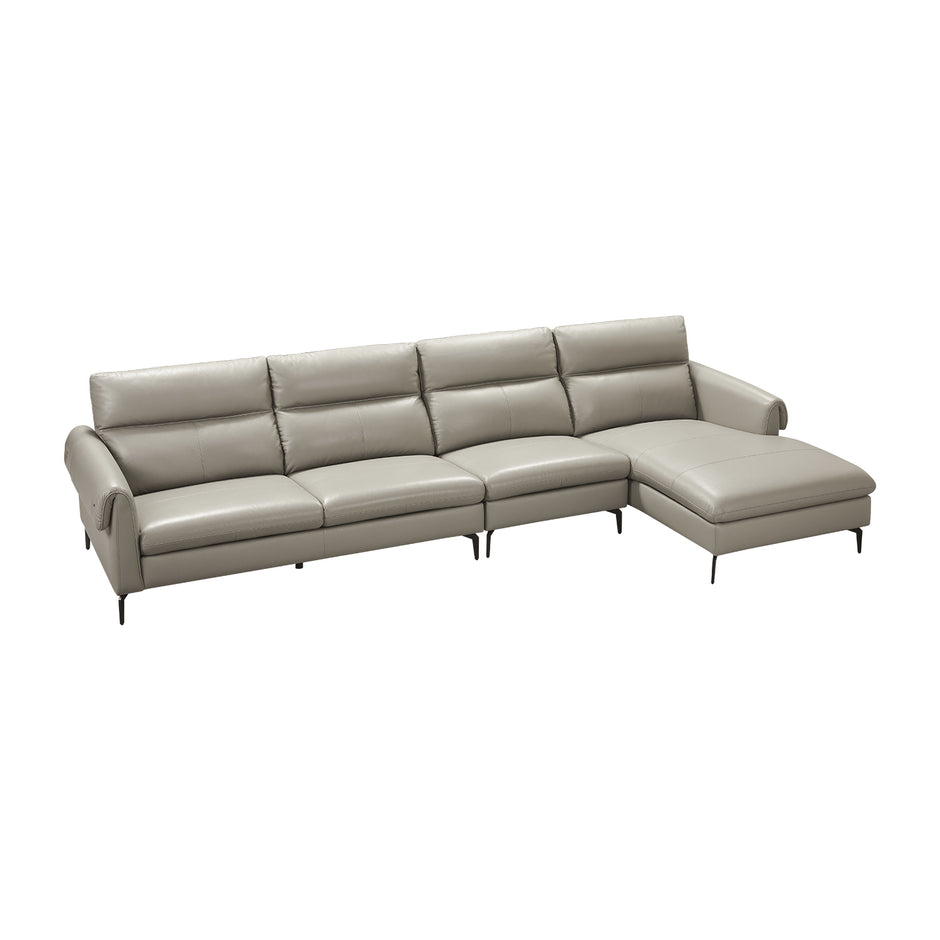The furniture industry is undergoing a significant transformation, driven by a growing awareness of environmental sustainability. Among the most notable innovations is the rise of eco-friendly sofas. These sustainable seating options are not only stylish and comfortable but also contribute to a healthier planet. In this article, we will explore how manufacturers are revolutionising the furniture industry through the development of eco-friendly sofas.

Eco-Friendly Materials: The Foundation of Sustainable Sofas
One of the key aspects of eco-friendly sofas is the use of sustainable materials. Traditional sofas often rely on non-renewable resources and synthetic materials that can be harmful to the environment. In contrast, eco-friendly sofas are crafted from materials such as recycled wood, organic cotton, and natural latex. These materials are not only renewable but also biodegradable, reducing the overall environmental impact.
For instance, recycled wood is sourced from old furniture or reclaimed timber, giving it a new lease of life. Organic cotton, grown without harmful pesticides, ensures that the fabric is both soft and environmentally friendly. Natural latex, derived from rubber trees, provides a durable and comfortable cushioning alternative to synthetic foams.
Innovative Manufacturing Processes
The rise of eco-friendly sofas is also characterised by innovative manufacturing processes. Traditional furniture production often involves high levels of waste and energy consumption. However, manufacturers of sustainable sofas are adopting more efficient and eco-conscious methods.
For example, some companies are utilising water-based adhesives instead of solvent-based ones, which significantly reduce the emission of volatile organic compounds (VOCs). Additionally, advanced machinery and techniques are employed to minimise material wastage and optimise energy use. These practices not only lower the carbon footprint but also set new standards for the industry.
Designing for Longevity and Versatility
Another crucial element in the rise of eco-friendly sofas is the emphasis on durability and versatility. Sustainable furniture is designed to last longer, reducing the need for frequent replacements and, consequently, the amount of waste generated.
Manufacturers are focusing on creating timeless designs that can seamlessly fit into various interior styles. Modular sofas, for instance, offer flexibility as they can be reconfigured to suit different spaces and needs. This adaptability ensures that the furniture remains relevant and functional for years to come, further promoting sustainability.
Consumer Awareness and Demand
The increasing demand for eco-friendly sofas is also driven by a shift in consumer awareness. More people are recognising the importance of making environmentally responsible choices, and this is reflected in their purchasing decisions. Consumers are now more inclined to invest in furniture that aligns with their values and contributes to a sustainable future.
Manufacturers are responding to this demand by providing transparent information about the materials and processes used in their products. Eco-certifications and labels, such as FSC (Forest Stewardship Council) and GOTS (Global Organic Textile Standard), help consumers identify genuinely sustainable options. This transparency fosters trust and encourages more people to choose eco-friendly sofas.
The Future of Eco-Friendly Sofas
The rise of eco-friendly sofas is a testament to the furniture industry's commitment to sustainability. As technology advances and consumer demand continues to grow, we can expect even more innovative solutions to emerge. The integration of smart technology, for example, could further enhance the functionality and efficiency of sustainable furniture.
Ultimately, the revolution in the furniture industry is not just about creating eco-friendly sofas but also about fostering a culture of sustainability. By prioritising environmental responsibility, manufacturers are paving the way for a greener and more sustainable future.
In conclusion, the rise of eco-friendly sofas is a significant development in the furniture industry. Through the use of sustainable materials, innovative manufacturing processes, and a focus on durability, manufacturers are revolutionising the way we think about furniture. As consumer awareness and demand for eco-friendly options continue to grow, the future of sustainable sofas looks promising. By choosing eco-friendly sofas, we can all contribute to a healthier planet and a more sustainable future.



